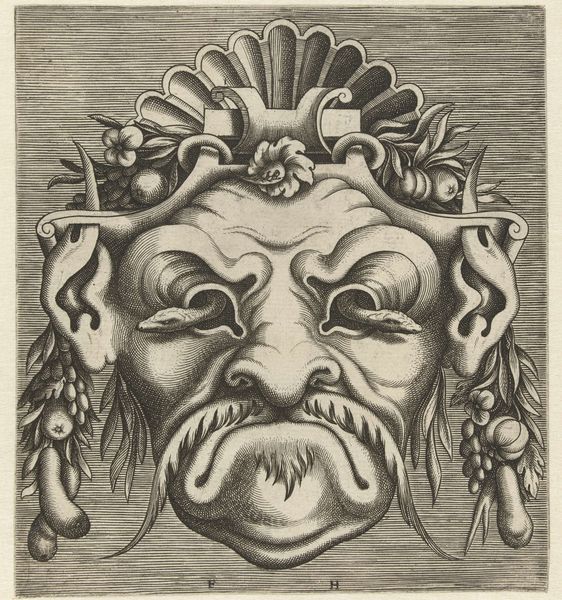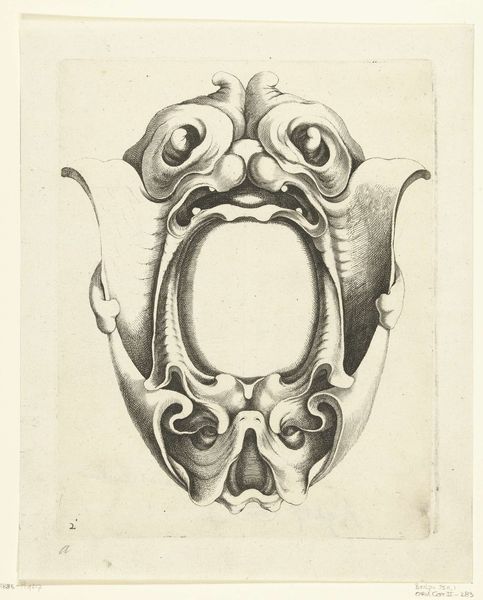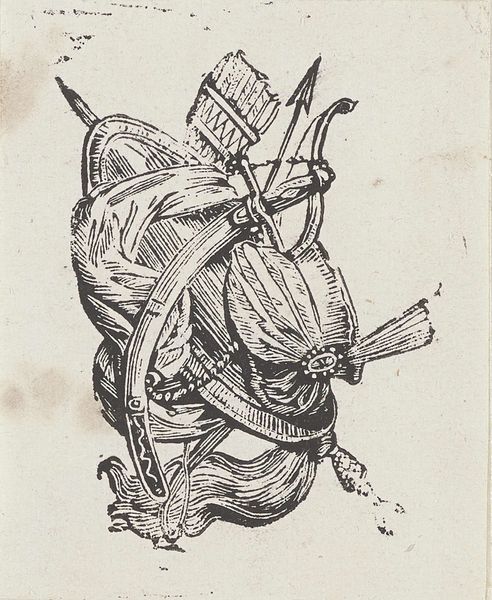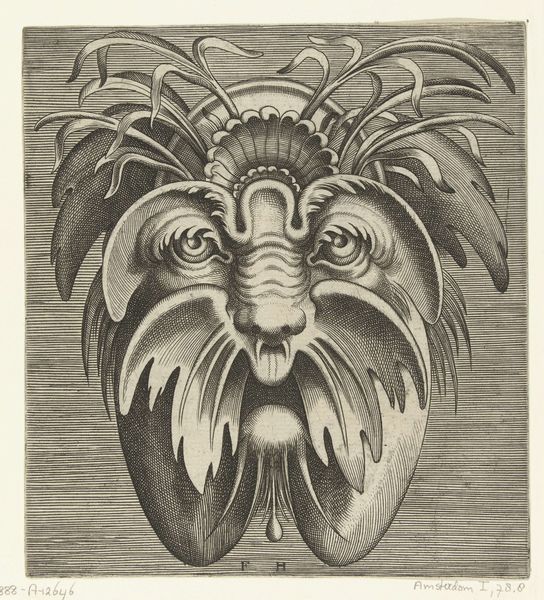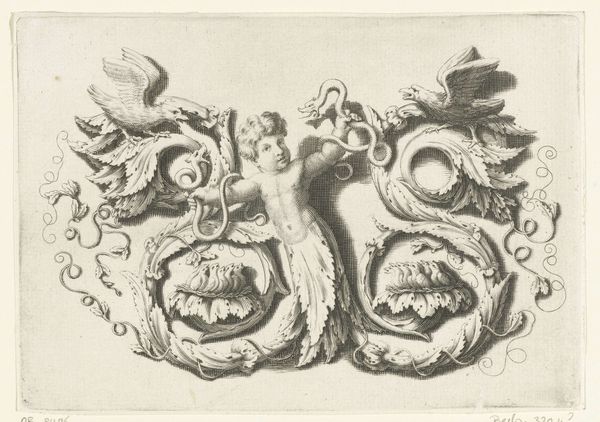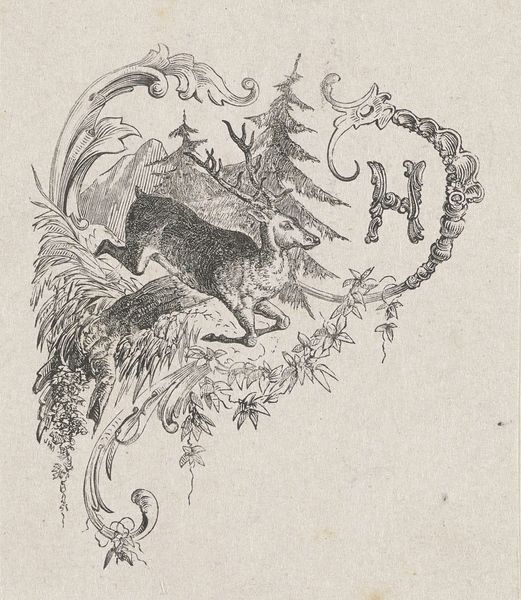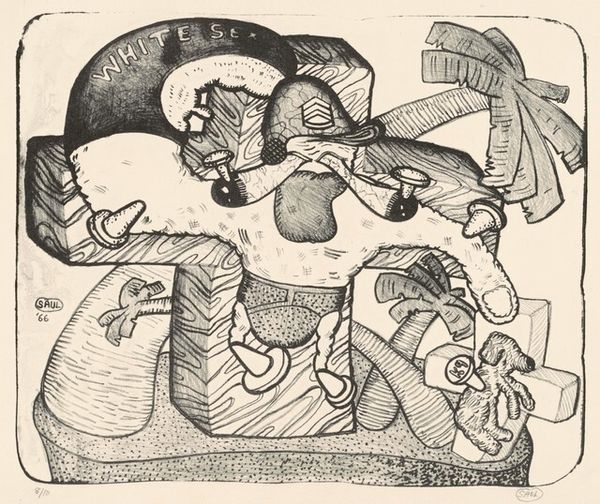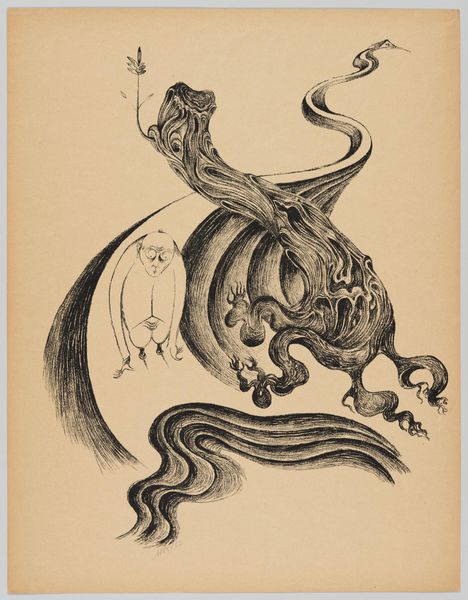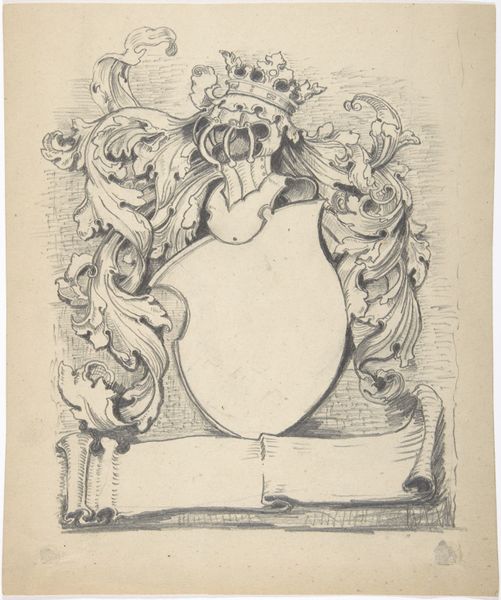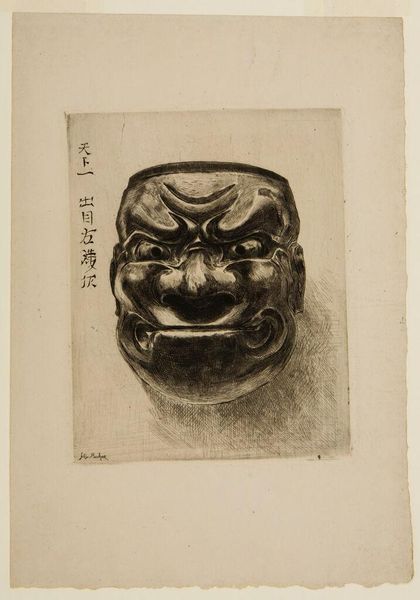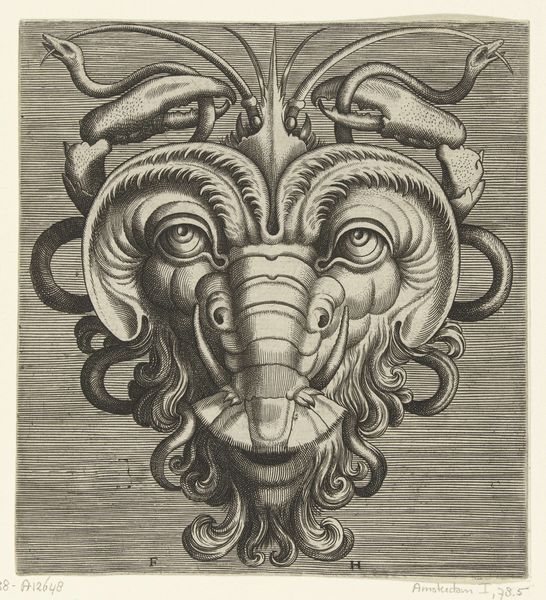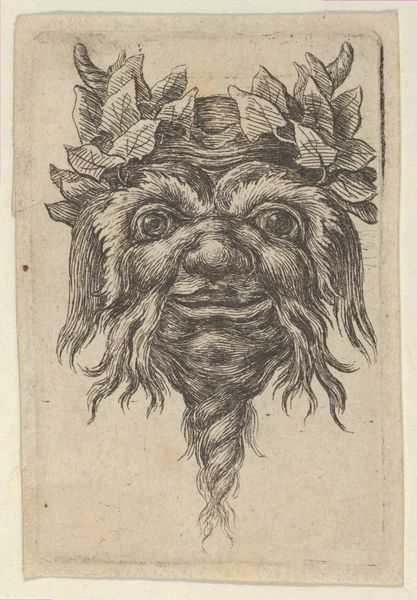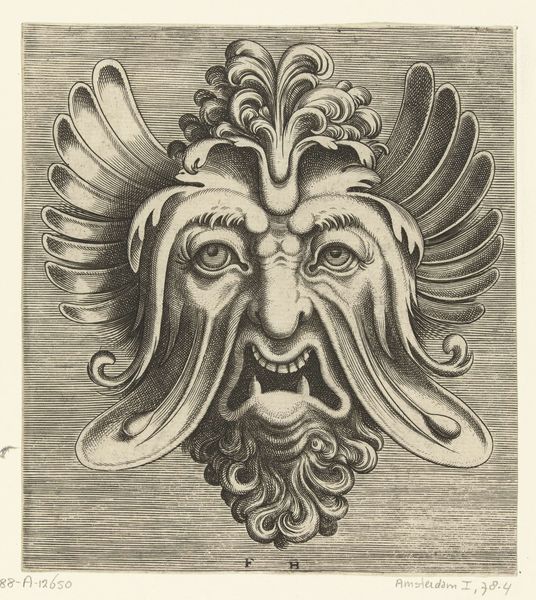
drawing, ink
drawing
head
caricature
ink
pencil drawing
sketch
pen-ink sketch
sketchbook drawing
portrait drawing
history-painting
Copyright: Public domain
Curator: Let's discuss this drawing attributed to Gustave Doré, titled "Gargantua and Pantagruel." The medium appears to be ink, perhaps a sketch intended for a larger project. What are your immediate impressions? Editor: Intriguing, certainly unsettling. It’s a caricature, right? The oversized head, that unnerving smile...almost grotesque. The word "Prologue" etched on his teeth is a dark joke. Curator: Doré often used caricature to critique society, and in this case, perhaps explore the satirical world of Rabelais’ giants. Historically, "Gargantua and Pantagruel" satirized 16th-century French society, critiquing its institutions and values through outrageous tales. Editor: And visually, Doré has given that satire a palpable form. Look at the hatching; it’s so dense in places, it almost feels oppressive, like the weight of those institutions you mentioned. I also find it compelling that this grotesque figure is made beautiful by its execution and skillful rendering. There's also the association of court jesters, the fools from wealthy royal courts allowed to mock authority behind a thin veil of performance, or humor, to hide dangerous subversive messages. Curator: Absolutely. Doré understood the power of the grotesque as a vehicle for truth. The caricature style underscores the absurdities he sought to expose. The "Prologue" inscription suggests this figure serves as an introduction— a mouthpiece, perhaps for challenging established norms. Editor: The drawing, as a form itself, amplifies this sense of transgression. A sketch is never a final draft, but remains a work in progress that challenges accepted ways of knowing as it's produced. What did this project represent in the cultural context of the artist's lifetime, especially as a published artwork? Curator: Well, Doré's illustrations for various literary works, including Rabelais, solidified his reputation but also ignited debate. Some critics found his interpretations too literal, overshadowing the text. However, his images undoubtedly brought these stories to a wider audience, sparking new readings. Editor: To me, the drawing acts as a mirror. The longer you look at it, the more you question what the artist thought of his society, of privilege, or of those deemed unworthy. I find myself drawn in by this complex figure and these visual ideas about political authority and societal status. Curator: Indeed. And isn't that the enduring power of art—to provoke questions and challenge perspectives across generations?
Comments
No comments
Be the first to comment and join the conversation on the ultimate creative platform.
